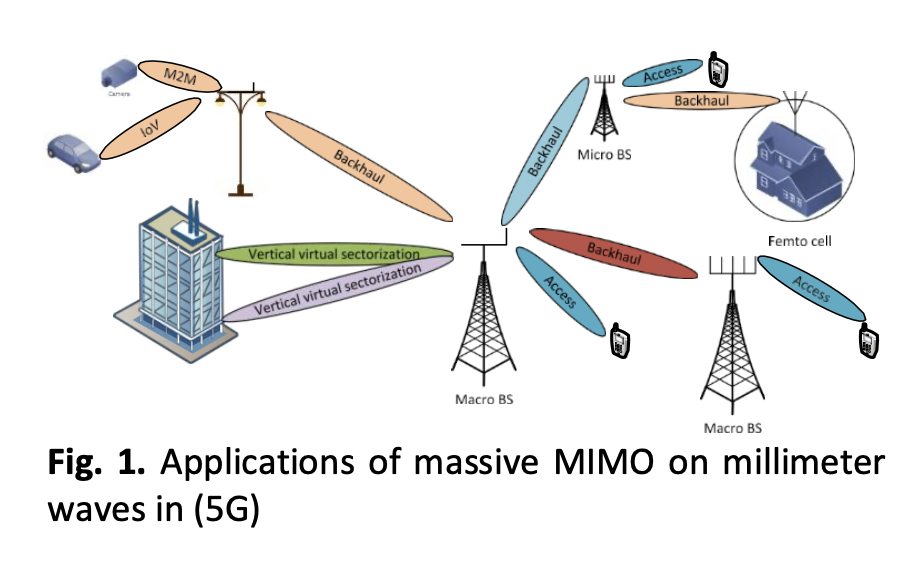Review and Analysis of Beamforming's Power Allocation Studies for (5G) Networks
DOI:
https://doi.org/10.37934/araset.32.1.188209Keywords:
(5G), Power Allocation (PA), Energy Consumption (EC), Spectral Efficiency (SE), SNR, MIMO, mmWave, Radio Frequency (RF), Energy Efficiency (EE)Abstract
The necessity to investigate viable spectrum areas for satisfying the anticipated needs has been prompted by the rising cellular data traffic demands. As a result, the scientific community has given (mmWave) communication a lot of attention. In (5G) wireless networks, massive (mmWave MIMO) communications are often accomplished using hybrid transceivers that combine lower and higher as a digital and analog processing units phase shifters and power amplifiers respectfully. This hybrid beamforming (HB) architecture lowers costs and power use, which is consistent with the (5G) network's objective for (EE) of design. In this work, using system models of hybrid transceiver architectures, both digital (DB) and analog (AB) beamforming arrays with possibilities for antenna design, and hybrid beamforming (HB) in heterogeneous wireless networks, they trace the development of (HB) for massive MIMO connections. Authors widen in discussion by focusing on hybrid beamforming to solve resource management issue and examine the applicability of hybrid beamforming (HB) techniques while also highlighting the fascinating difficulties that lie ahead for this field. The main aim of this work is to analyse the many studies and show the advantages and weak points of each single study based on the general and famous parameters as well as explaining the efficiency of all studies. We got an overview of the hybrid beamforming, which covers topics such as application areas; In order to reduce upfront costs and continuing operating costs, the fully-connected architecture can achieve full beamforming gain per RF chain, but at the expense of increased hardware complexity. On the other hand, the low-complexity sub-connected architecture offers reduced beamforming gain.
Downloads





























